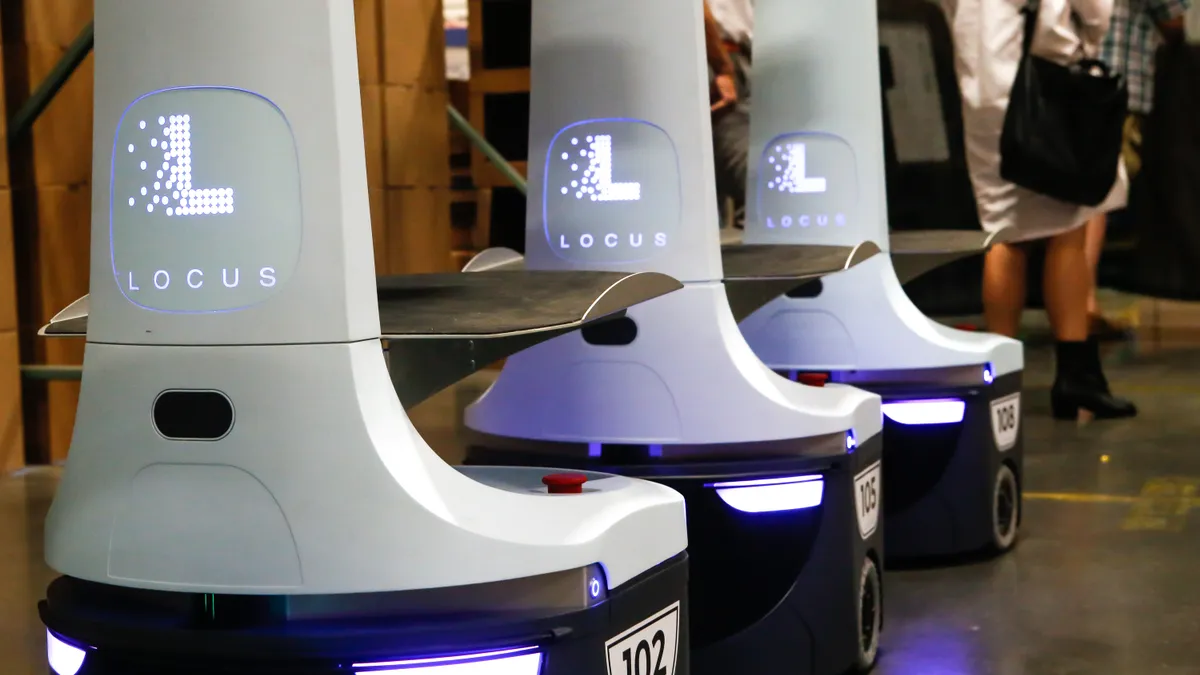Dive Brief:
-
Tesla Energy has begun shipping its Powerwall storage systems with the first units going to customers in the United States and Australia who began placing orders last summer, Energy Storage News reports.
-
Demand for its storage products has prompted Tesla to accelerate the production of its stationary batteries.
-
In related news, Panasonic says it could invest up to $1.6 billion in Tesla’s Gigafactory in Spark, Nevada.
Dive Insight:
Tesla Energy confirmed it has begun delivering its Powerwall energy storage system, according to press reports.
In August, Tesla Chairman and CEO Elon Musk said the company had already taken orders for all of the stationary batteries it could produce in 2016. "Demand has been really crazy," he said at the time.
Since unveiling its Powerwall system in April, Tesla has been enjoying widespread media coverage that has helped spur sales. Last August, Musk said the company had received “reservations” for “well over $1 billion worth of Powerpacks and Powerwalls" all without any marketing or advertising. With marketing plans in place, he estimated that sales could hit $45 million in the fourth quarter and up to 10 times that amount in 2016.
Strong demand, meanwhile, has prompted Tesla to shift Powerwall production to the Gigafactory it is building in Sparks, Nevada.
Tesla broke ground on its Gigafactory – so called because it will be able to produce 35 GWh of batteries when it reaches full production in 2020 – in June 2014.
In third-quarter 2015, Tesla Energy began production of batteries at its Freemont, Calif., factory with the aim of shifting long-term production to its Gigafactory. Growing demand prompted the company to accelerate its plans, and early in the fourth quarter it relocated production to an automated assembly line at the Gigafactory.
In a third-quarter letter to shareholders, Tesla said the shift would push some fourth-quarter Tesla Energy production and deliveries into the first quarter.
Tesla Energy says it is growing its sales team to meet demand for its stationary batteries, which is particularly strong in Australia, Germany and South Africa.
The company also says it is exploring market opportunities in India where it has “strong government alignment” and is seeking opportunities created by the end of net metering policies in Hawaii.
Panasonic, meanwhile, says it could invest as much as $1.6 billion in Tesla’s Gigafactory, which is expected to cost around $5 billion.
Musk has said its Gigafactory will provide economies of scale that he expects to drive down the per kWh cost of its battery pack by more than 30%.
In addition to its stationary batteries, the Gigafactory will produce batteries for the Tesla Motors’ Model 3, which will be marketed as an affordable car, priced at about $35,000. The Model 3 is expected to start production in 2017. Tesla hopes to be making about 500,000 of the electric cars by 2020.














